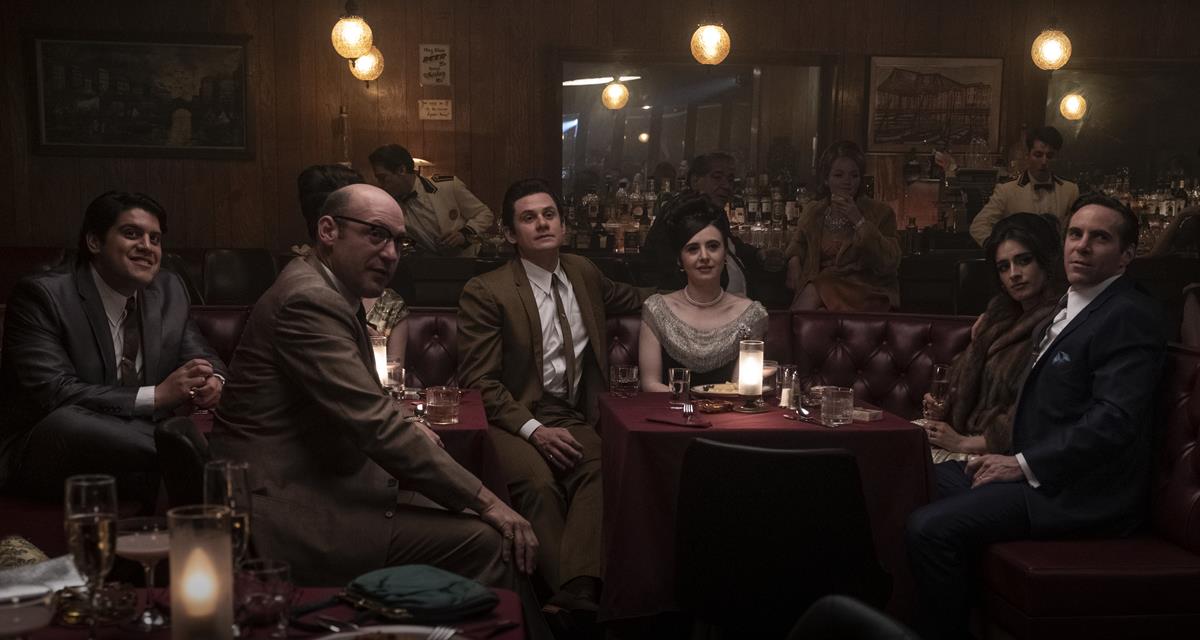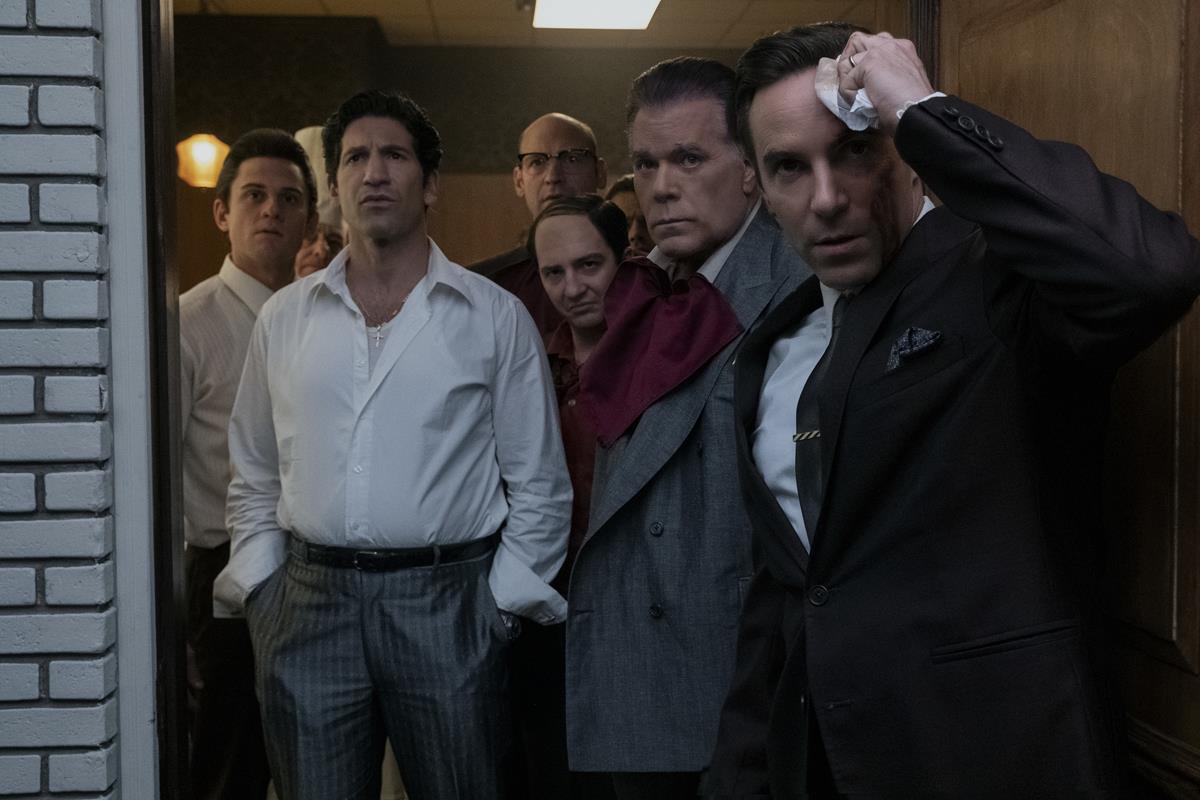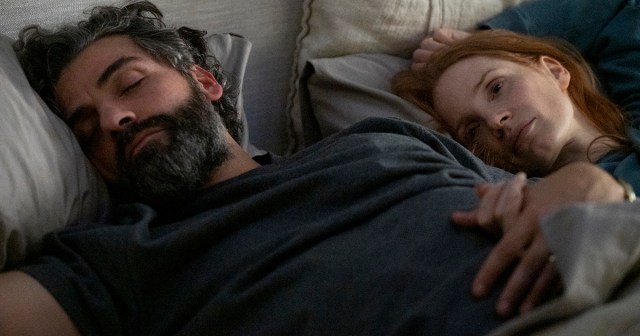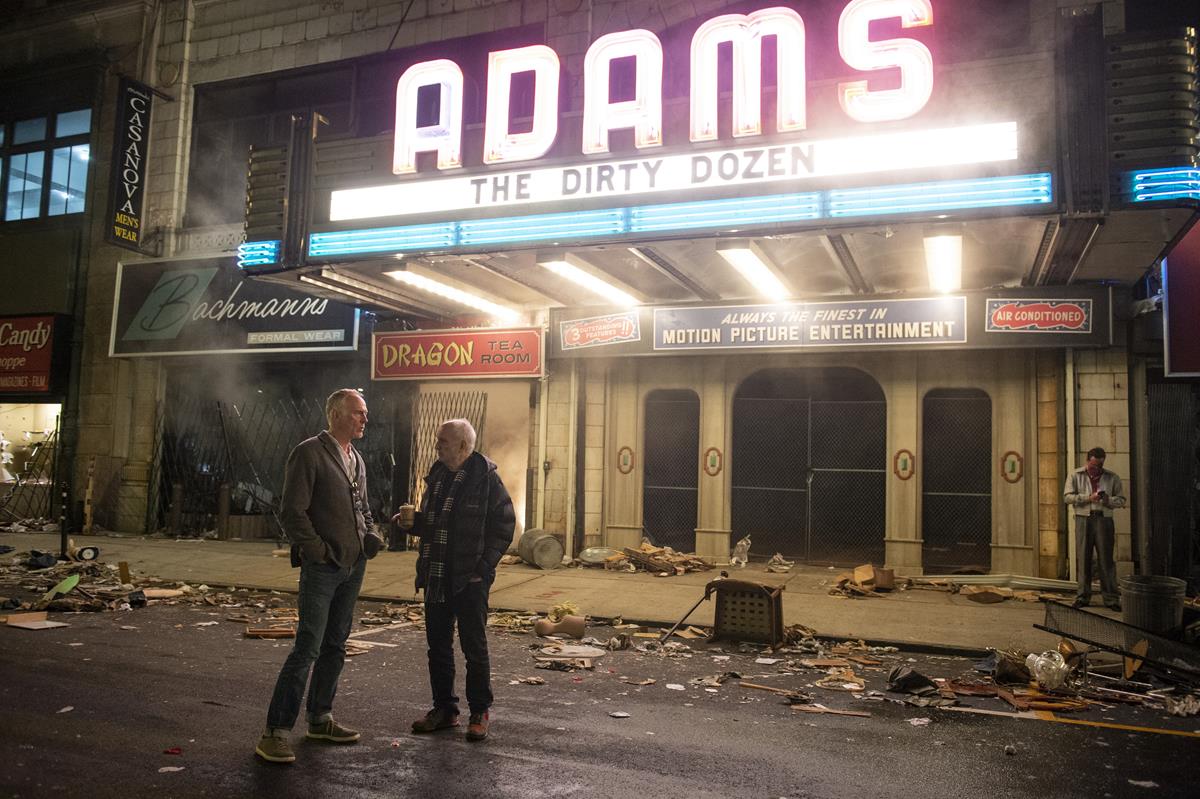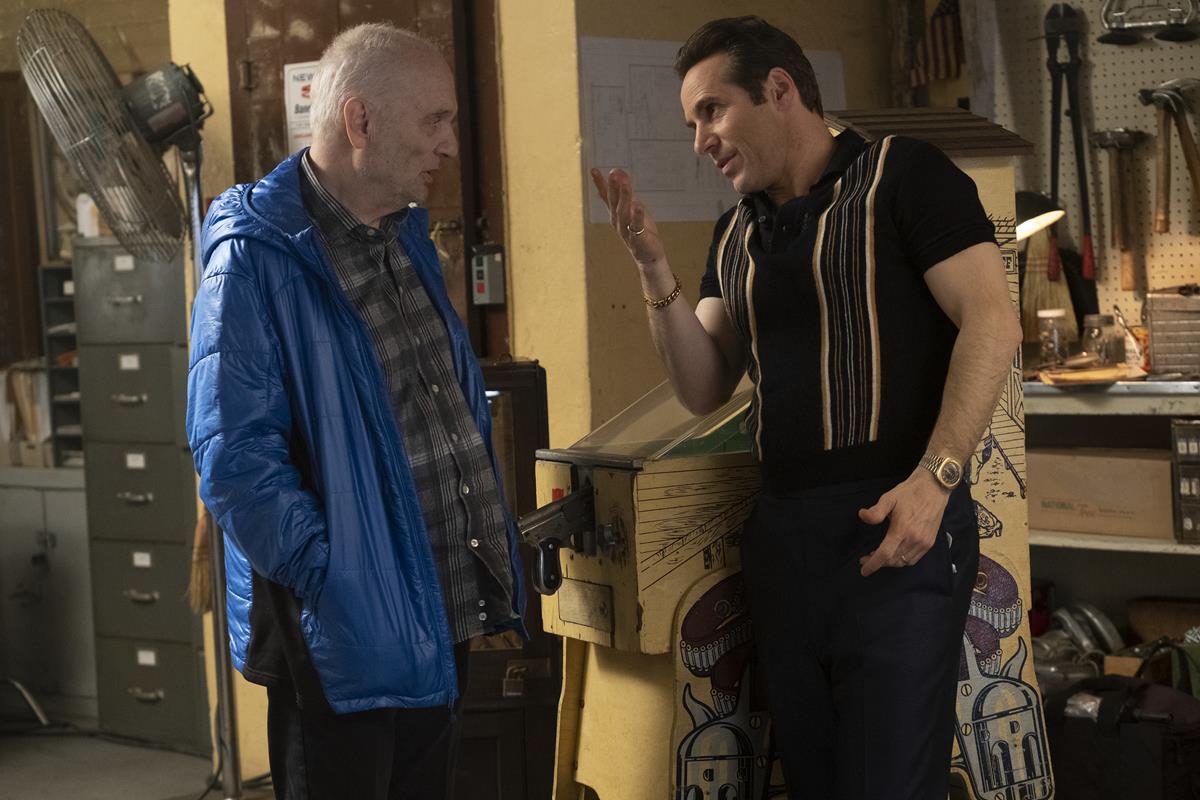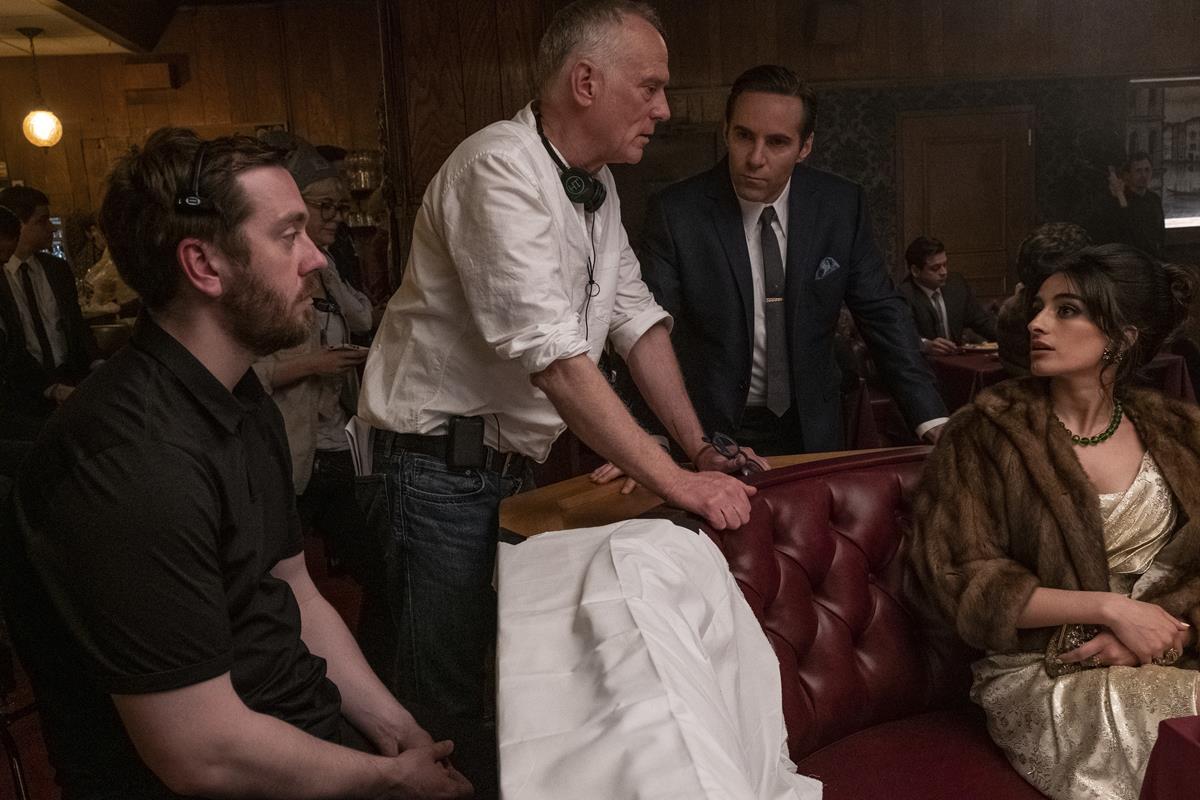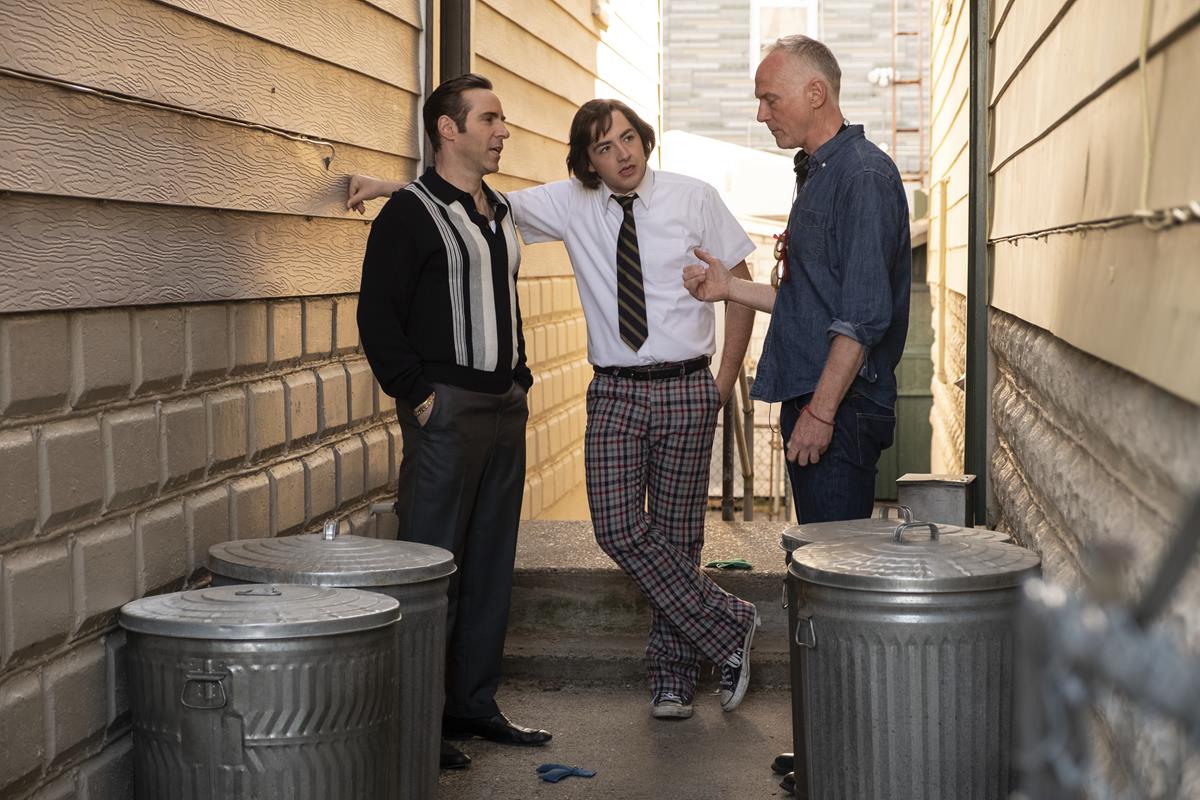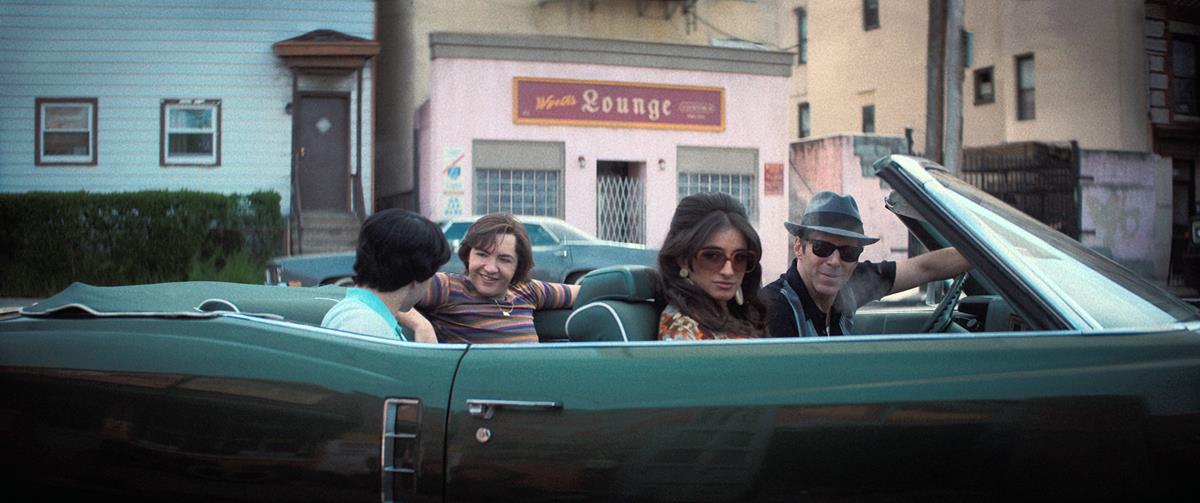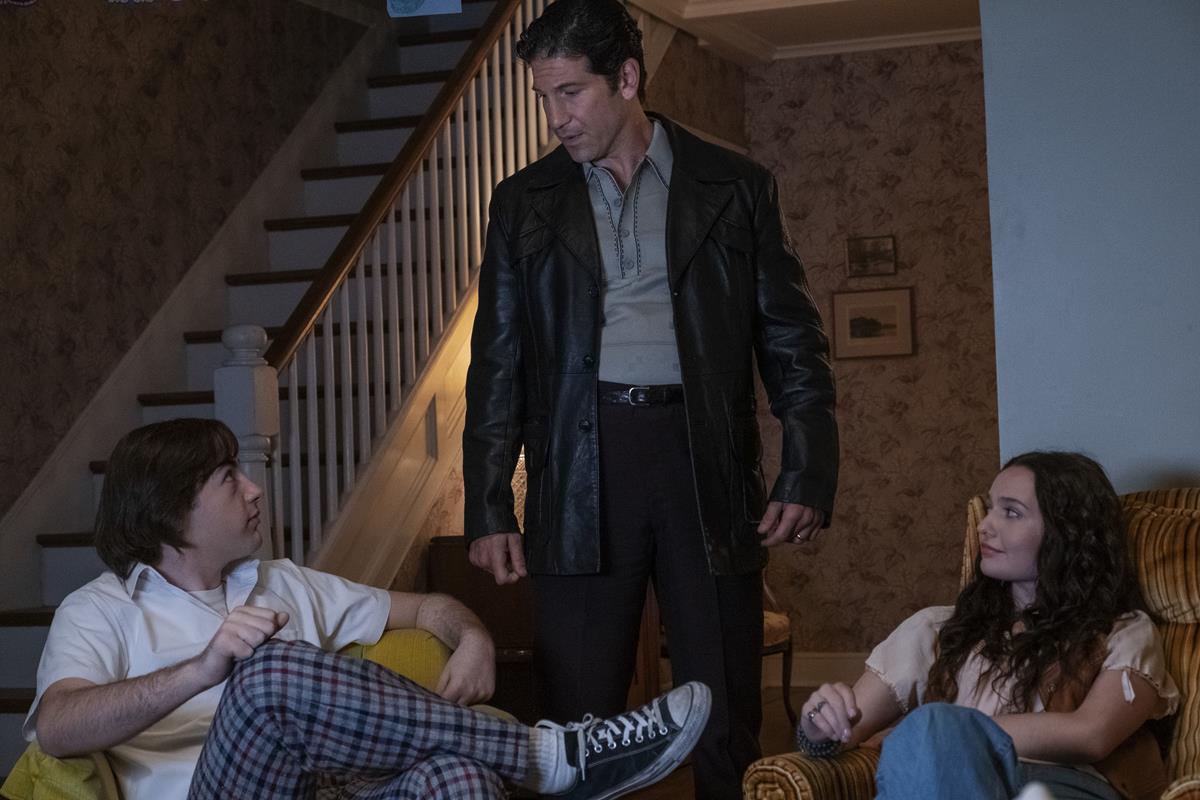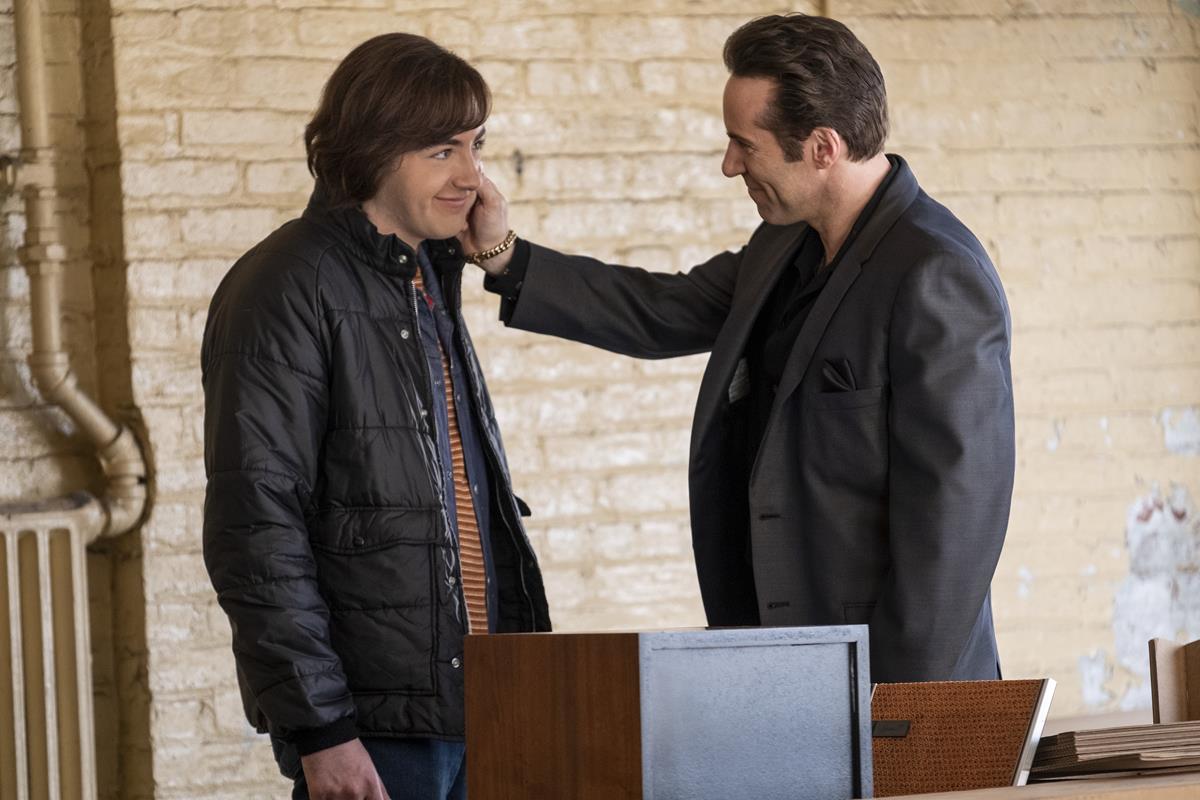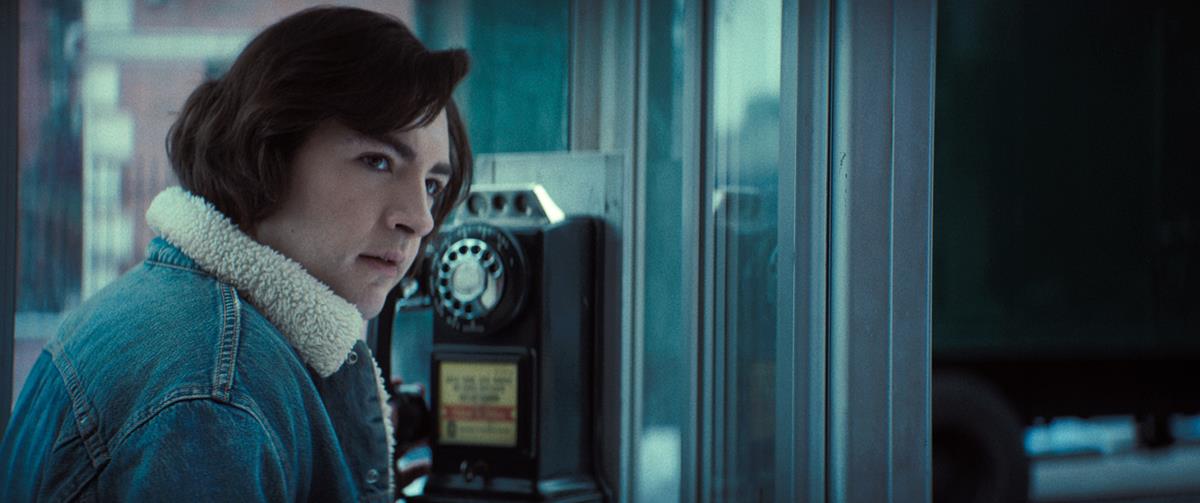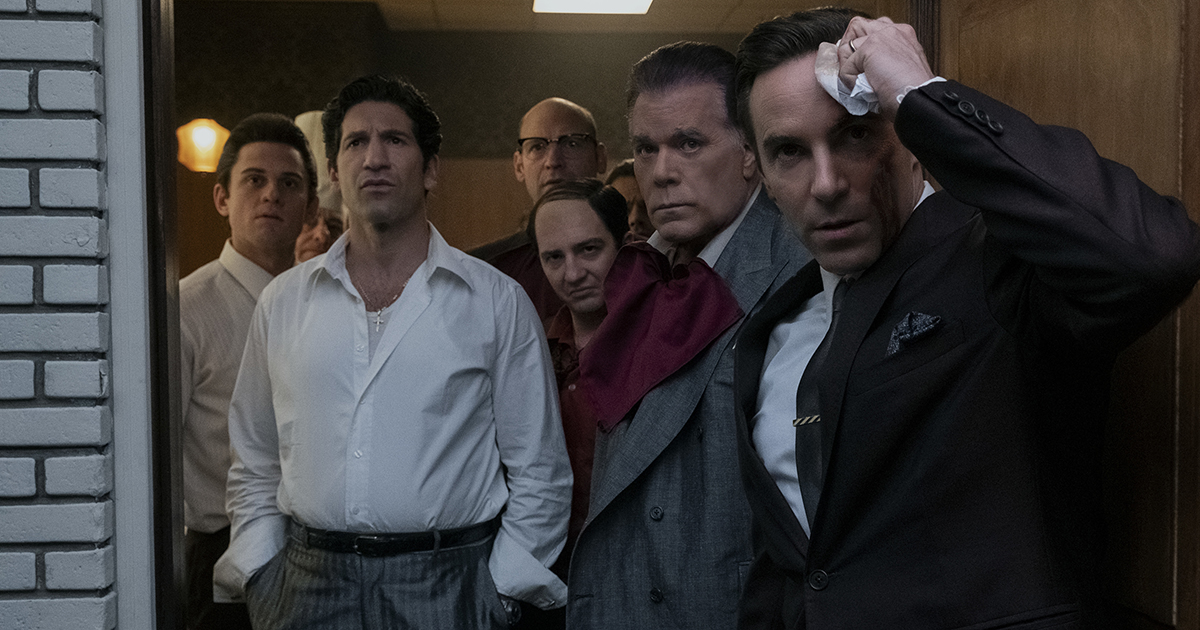
July of 1967 marked the Summer of Love, but in Newark, New Jersey, the city is burning and an impressionable Tony Soprano bears witness to it all. The backdrop to the prequel film to David Chase’s influential HBO crime drama The Sopranos is embedded in socio-political change while evoking mob film classics like The Godfather.
“Here’s the way I tortured myself over this the most,” director Alan Taylor told Forbes.
“David’s brilliant idea was to take the classic gangster film, make it contemporary, and put it on TV. What we’re doing here is going back in the period and putting on the big screen, so in a way, you sort of yanked the carpet out from under one of his most creative leaps.”
Part of this solution was to focus on those things that made The Sopranos take on gangsterism unique, he says. “That tended to mean that you had to look out for the moments that were absurd, or dreamy, or transcendent because those are things that you see in the show. Still, you don’t really see it in most gangster movies.”
READ MORE: Why Director Alan Taylor Felt Intimidated By ‘The Many Saints Of Newark’ And Scorsese Looming (Forbes)
Like its predecessor, The Many Saints of Newark draws from David Chase’s own life; however, the feature is set in Newark, the city of his grandparents, rather than the New Jersey suburbs. Newark’s sizable Little Italy in the First, or North Ward, was populated by Italian Americans who, like Chase’s family, had arrived in the early 20th century from Italy’s Avellino province, near Naples.
In the late 60s, Newark’s North Ward had the fifth-largest population of Italian Americans in the country and attracted the likes of Joe DiMaggio and Frank Sinatra to its celebrated restaurants and bakeries, while Italians also dominated Newark businesses and politics.
Chase, who grew up in nearby Clifton and North Caldwell, New Jersey, said, in the film’s production notes, “After New York City, Newark was the center of the universe for me.”
As more Black people from the South began to move into the city’s Central and North Wards, racial tensions escalated, culminating in the Newark riots of 1967, a significant event in the city’s history and in Chase and Lawrence Konner’s screenplay.
“In the 60s, our characters are more rooted in the old-school wise-guy gangsters of the 1940s and 50s,” cinematographer Kramer Morgenthau, ASC explains in an interview for the Panavision website.
“A lot of the cinematic language that Alan uses was formed over the years he was working on The Sopranos. It’s a language that originates from classical Hollywood cinema — filmmakers like John Ford and films like The Godfather — where you let a single shot play out, you don’t move the camera unless the characters are moving, and you frame close to subjects so you feel like you’re in the room with them.”
While paying homage to the TV show, the filmmakers wanted a widescreen, anamorphic and large format style for the cinema.
Working through Panavision New York, Morgenthau opted for T Series lenses with a Arri Alexa LF camera. “On the technical side, I like the reliability and controllability of the Ts,” he shares. “Optically, we used the natural falloff on the edges, the vignetting, and the bokeh of the T Series to capture the texture of the period setting.”
READ MORE: Different Times (Panavision)
Morgenthau also asked Dan Sasaki, Panavision’s lens guru, to dial in the lenses’ look. “I wanted silky blacks versus hard blacks, and I didn’t want anything to be too hard or sharp,” the cinematographer explains. “I wanted lenses that were ‘distressed’ and would help to break the image down.”
He adds, “We shot wides across the film on crane and dolly to be composed and considered, but all the coverage was done handheld to give a little more intimacy. It’s very controlled handheld, though, operated by Mike Heathcote — sometimes you can barely even tell — and then the camera gets a little looser toward the ‘70s.”


